We’ve all been waiting. We’ve heard that it’s brilliant in overseas reports. Now we finally get our chance to sample the Toyota 86 on local soil. Even better, on a local race track! We head to the launch of Toyota’s newest sports car.
What is it?
Quite simply, the single-most anticipated Toyota in a very long time. And why wouldn’t it be? The idea of a small, light, affordable RWD sports car from a manufacturer legendary for its quality and reliability is a very tasty one indeed. Especially when said manufacturer actually has a bit of a history making awesome sports cars, before it came over all conservative, that is…
At its most basic, the Toyota 86 revives the legendary Corolla AE86 – the last of the RWD Corollas and a Japanese performance icon – in the sense that it is small, cheap and puts its power through the rear wheels. Toyota also make the claim that it harks back to two other previous RWD coupes in its history; the gorgeous 1967 2000GT in terms of styling and the diminutive Sports 800 in terms of engines. Both the Sports 800 and 86 have horizontally opposed boxer engines – the 800 a 791cc two-cylinder jobbie and the 86 a 1998cc four.
Although the latter is more due to the fact that the 86 was a collaboration between Toyota and Subaru (which will sell its own version of the car, called the BRZ) than any real nod to history…
But it is named after the legendary little AE86, so that is where its true historical perspective lies, and given that the AE86 is so revered – and rightly so – the 86 has a lot to live up to. Fortunately it delivers. And then some.
Available in two versions – the base 86 and the upper spec GT86 – both models come with the 2.0-litre boxer engine that puts out 147kW of power at 7,000rpm and 205Nm of torque at 6,400rpm and are available with a choice of either a six-speed manual or a six-speed automatic transmission.
The 86 comes standard with a torque-sensing LSD on the manual transmission cars only, seven airbags, 16-inch alloy wheels, power mirrors, cruise control, a stereo with Bluetooth phone connectivity and audio streaming, as well as an auxiliary input and iPod compatibility, sports seats and manual air conditioning, while the GT86 adds the LSD to the automatic, steering wheel mounted paddles for the automatic, 17-inch alloy wheels, automatic HID headlights with cleaners and automatic levelling, fog lights, keyless entry and starting, leather and Alcantara heated seats, aluminium sports pedals, dual zone climate air con and more interior bling.
The GT86 can also be had with an Aero Package that adds front, rear and side skirts and a MASSIVE wing that is worryingly reminiscent of the one on the last generation Celica.
Either the 86 or GT86 can be transformed into a TRD Special Edition simply by throwing more money at it. The TRD 86 is initially limited to just 20 units and will be custom-built by Toyota engineers at the company’s Thames Vehicle Operations Centre, which has become the official home of 86 customisation.
The TRD Special Edition gains a special TRD (Toyota Racing Developments) front spoiler, side skirts, rear lower bumper, a lip spoiler, 18-inch forged aluminum alloy wheels, a sports air filter, a high-response muffler with a four-tip exhaust and a Brembo brake package.
Pricing starts at $41,986 for the entry 86 manual and tops out at $69,486 for the TRD based on the GT86 automatic.
What’s it like?
Very special indeed.
Toyota started the launch of the 86 at Rotorua, before heading over to Thames (to see TRD86s being bolted together) before arriving at the Hampton Downs race track between Auckland and Hamilton for an afternoon of thrashing the little cars around that track.
On the road, the 86 is a remarkably civilised cruiser with a surprisingly compliant ride. There are no grumpy sports car histrionics here and the 86 feels as practical and easy to live with on a daily commuting basis as any two-door coupe could.
The engine sounds quite unlike any boxer engine we have ever heard before, sounding more like a growly inline four, rather than a horizontally-opposed power plant. It has a nice raspy growl that intensifies as the revs increase, peaking with a wonderfully angry snarl at the top.
Now, 147kW may not sound like a lot of power, and to be completely honest, it’s not. But the 86 only weighs around 1,250kg, so the 147kW 2.0-litre does an admirable job of hauling it around. But it ain’t a supercar and you sure shouldn’t be expecting lightning acceleration to 100km/h. The manual does it in 7.6 seconds, while the auto takes 8.2 seconds to hit the legal limit.
But that is not the point of this car. Fun is the point and fun can be had with any amount of power. That quickly becomes apparent when you start climbing up the 86 – the chassis is simply sublime and it is possibly the most fun car we at Oversteer have ever driven. Period.
Now that’s a mighty big claim to make, but it is certainly not one we are afraid to make after spending a bit of time thrashing the 86 around both the open road and a couple of race tracks.
Previously I had been lucky enough to drive an 86 for a few laps around a damp Taupo track and then back to Auckland and came away mighty impressed. This time an afternoon at Hampton Downs simply blew me away.
The 86 is a car that can be driven up on its limit like it is nothing. Power means literally nothing when the 86 is up and flying, because the momentum that can be carried through corners means never really having to slow down much anyway.
There is very little in life that can compare to the joy of a perfectly balanced RWD car going hard through a corner, and the 86 is the perfect example of that. Chuck it into a corner and it will simply do exactly what you ask of it.
The turn in is razor sharp, with a wonderful responsiveness from the electrically-assisted power steering – which has remarkable feel, especially when the pace increases – and you are never in any doubt what the front is doing.
The rear end is wonderfully playful and thoroughly adjustable through a corner, regardless of speed. It can be completely and confidently planted, gently and progressively stepping out or wildly waving in a full-on drift at any time, depending on your mood.
And that is the big key to the 86; it will do what you want it to do. Drive it like a ham-fisted twat and the electronics and chassis will take care of your stupidity with gentle understeer and quiet intervention. Drive it with serious intent and even just a small modicum of skill and it will respond like an eager puppy dog and reward like nothing else in its price range, or even several times its price. Drive it with REAL talent and this happens:
That was four-time Australian rally champ Neal Bates show just exactly what is possible in this remarkable little car, something that we found out for ourselves many, many times over the course of the day.
A slalom on a very wet, very slippery skid pan showed how remarkably controllable the 86 is even on a surface with literally no grip in some places, while multiple fast laps of the circuit showed just how it could make even an average driver feel like an absolute hero.
There was some other stuff about the 86, like the interior, which is wonderfully well built and nicely appointed, especially in the up-spec GT86, but who cares? It could be trimmed with camel scrotum leather and assembled by blind, retarded chimpanzees and it simply wouldn’t matter, because the 86 is about fun, and at that, it is magnificent.
What’s good about it?
You were paying attention before, right? It is the most fun car to drive south of $100,000 (quite a bit south, at that) and even gives most of the metal around that price a serious run for its money.
It is well built, well specced and comfortable and drops in at a remarkably affordable price. Oh, and it has a good stereo too…
What’s not so good?
The rear seats are a joke and the boot isn’t far behind in the humor stakes. Both are tiny and utterly impractical. The big wing of the Aero Package is just ridiculous-looking and adds an equally ridiculous amount of weight to the boot lid.
But let’s face it, none of that really matters…
First impressions?
Utterly spectacular and addictive. While it may be easy to point out the engine’s relatively meagre power output as a criticism, it really doesn’t matter in the grand scheme of things. The 86 may not have a lot of power, but it does have just the right amount of power.
What matters most is the massive fun that the 86 can provide, all while still managing to be a comfortable, relatively practical daily driver. Thanks to Toyota releasing the car to tuners and accessory makers prior to its launch, you can bolt almost any performance or styling accessory straight onto the 86 to create a club racer or a show pony. Use it as a Targa car straight from the factory, turn it into a drift monster or use it to commute to work.
In its purest form the 86 is simply fun. Buying the higher spec 86 adds more bling and equipment, which is all very nice, but not necessary. The 86 is fun, regardless spec level or price. Pure, simple, remarkably affordable fun.
Specifications
Models/prices
86 manual – $41,986
86 automatic – $42,986
GT86 manual – $46,986
GT86 automatic – $47,986
TRD 86 manual – $63,486
TRD 86 automatic – $64,486
TRD GT86 manual – $68,486
TRD GT86 automatic – $69,486
Powertrain
2.0-litre horizontally-opposed four-cylinder petrol producing 147kW/205Nm; 6-speed manual or 6-speed automatic transmission; rear-wheel drive
Fuel consumption: 7.8L/100km (manual), 7.1L/100km (automatic)
CO2 emissions: 180g/km (manual), 161g/km (automatic)
Safety
ANCAP/EuroNCAP rating: not tested yet
Air bags: 7
Stability control: yes
Lap/diagonal belts: 4

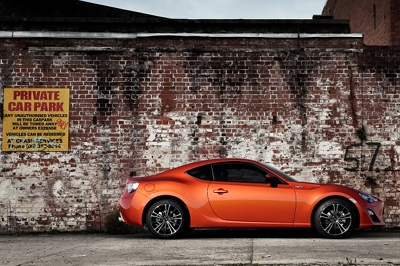
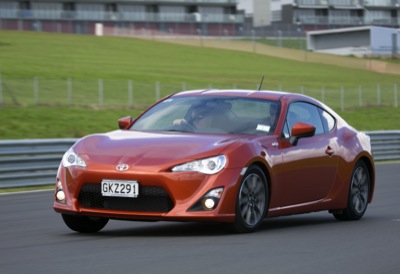
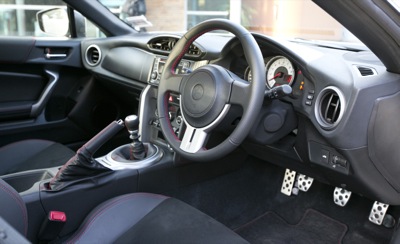
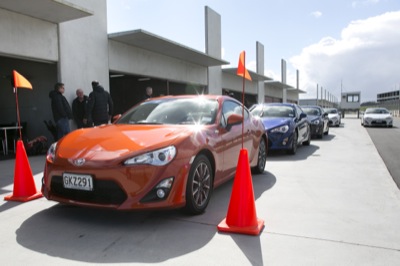

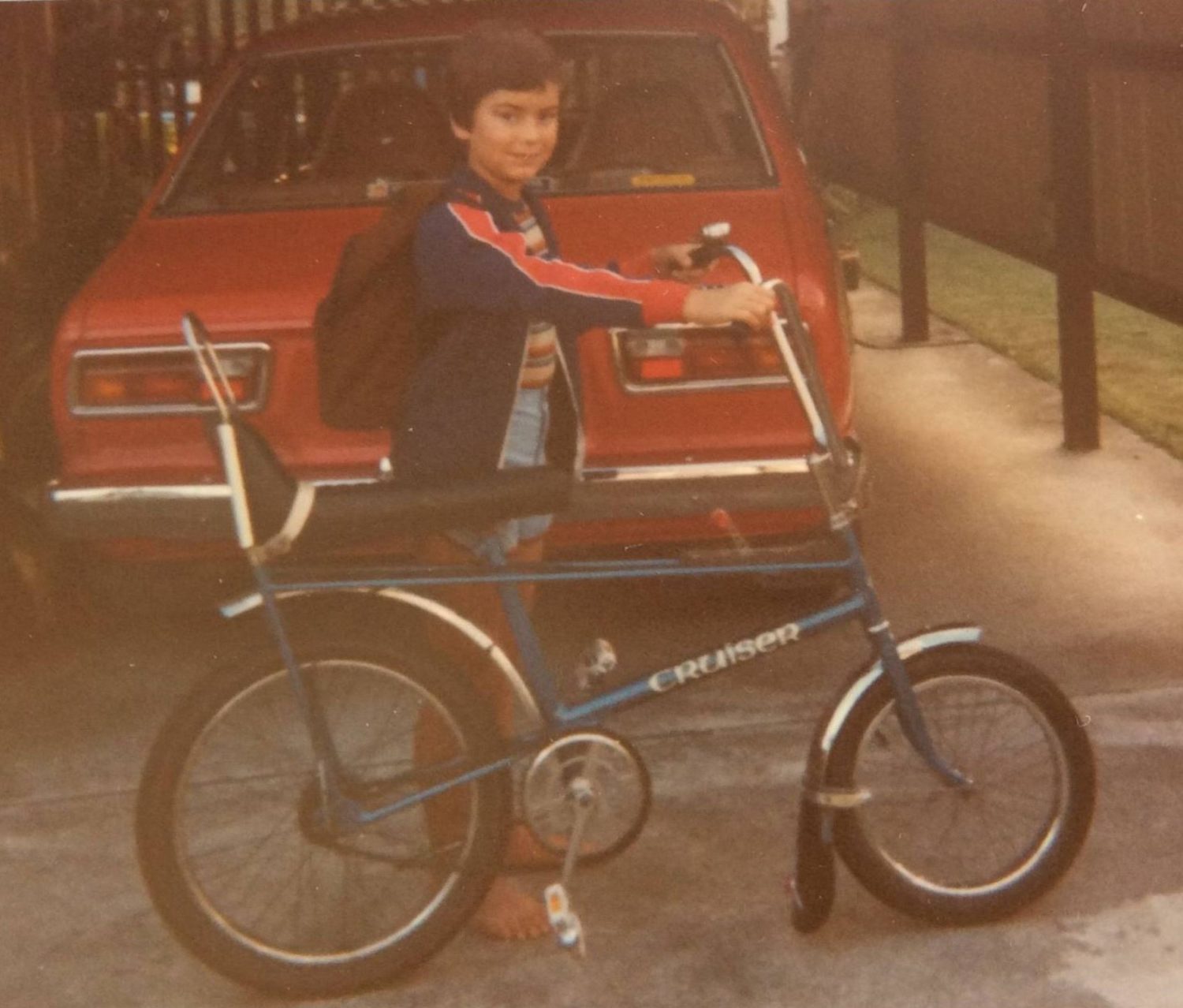
You must be logged in to post a comment.